Amur Leopard Facts
- Firstly, the Amur Leopard or the Far Eastern Leopard serves as the common name of a species of leopard native to restricted portions of Asia.
- The species also remains extremely rare, and IUCN lists it currently as Critically Endangered, with barely than 100 individuals known to still exist in the wild.
- However, this itself represents an increase in numbers. Just a few years before, when protections were instituted, it numbered no more than 40 individuals.
- The greatest threats to the continued existence of this magnificent feline continue to be habitat loss and also poaching by hunters.
Related Articles

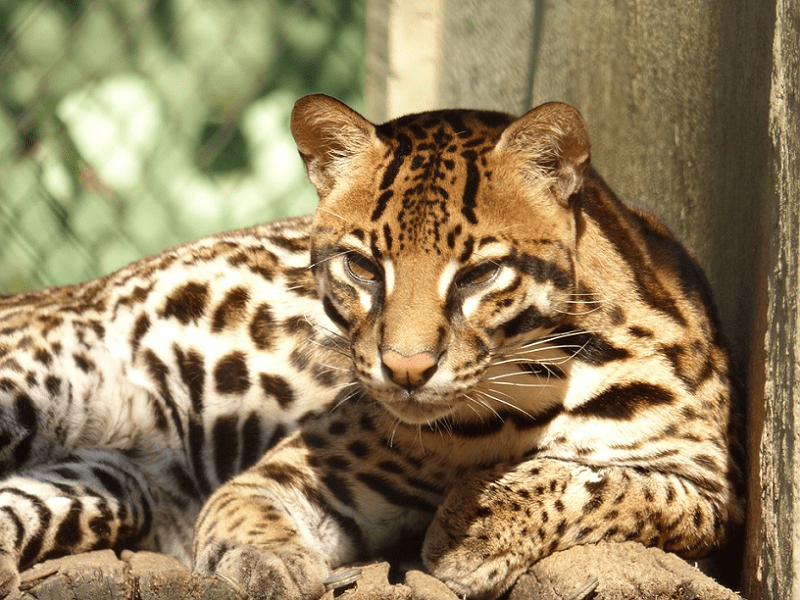
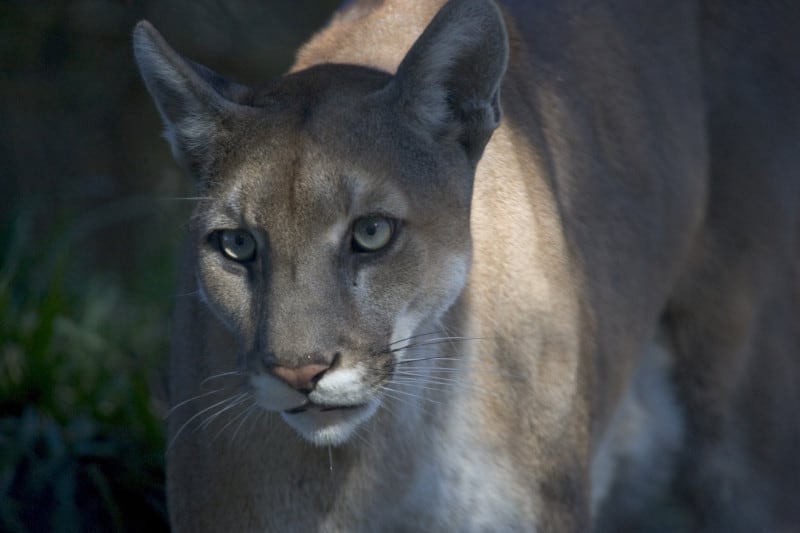
Amur Leopard Physical Description
The rather gorgeous Amur Leopard remains different from other leopards in that its fur coat is very thick. The fur is long, dense, and quite soft.
Large males may attain a body length of as much as 54 inches (136 cm) plus a tail averaging 35 in (90 cm). Males may stand as much as 31 in (78 cm) high at the shoulder, and weigh as much as 110 pounds (48 kg).
Its fur generally changes color with the seasons. The winter coat varies from fairly light yellow to dense yellowish-red. The rest of the year, it generally presents a pale cream color.
- Kingdom: Animalia
- Phylum: Chordata
- Class: Mammalia
- Order: Carnivora
- Family: Felidae
- Genus: Panthera
- Species: P. p. orientalis
Amur Leopard Distribution, Habitat, and Ecology
Most notably, the stunning Amur Leopard historically inhabited a range that included Eastern Siberia, Northern China, and portions of Korea. Today, that range has shrunk to only include a small portion of the border between Russia and China.
It also only inhabits rugged mountainous regions, especially snow-free south-facing rocky slopes in winter.
It also feeds as an opportunistic hunter and will take prey ranging in size from as small as a mouse to as large as a moose.
The greatest threats to this magnificent animal are habitat loss and also climate change, as it has evolved to inhabit cold climates.
Numerous conservation programs are also underway, including potentially reintroducing captive-bred individuals from zoos from around the world, which has been under consideration since 1996.
Finally, it would be such a shame to lose this marvelous feline so we hope the program works.
Species Sharing Its Range

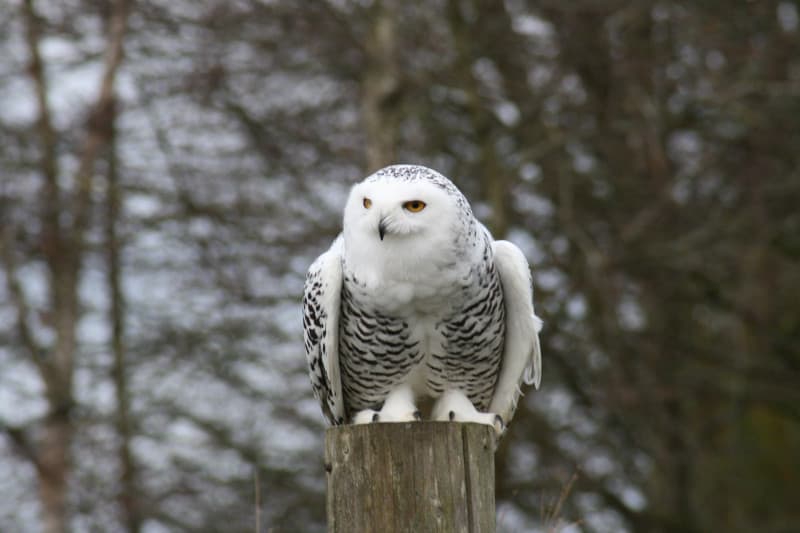
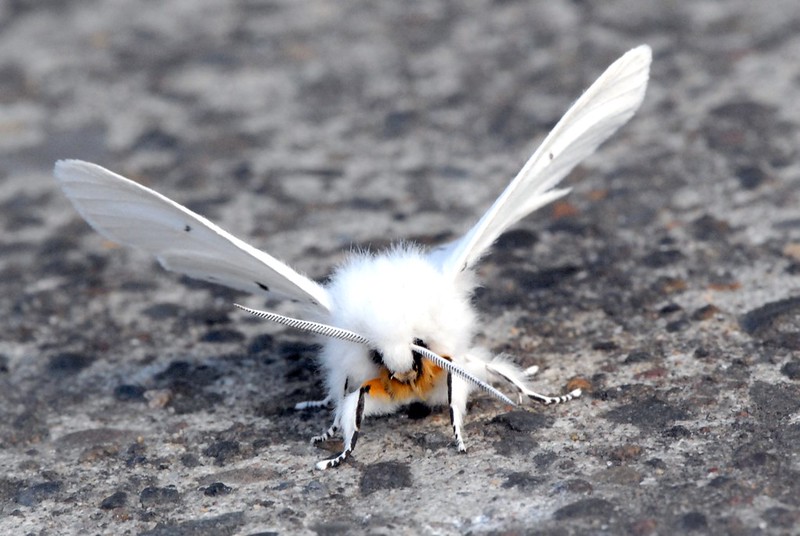
Check out our other articles on 5 Magnificent Reptiles of Mexico, Golden Tabby Tiger, Lake Baikal, Balsam Fir, Spotted Cleaner Shrimp, Eurasian Griffin Vulture, Snowflake Moray, Jewelled Gecko
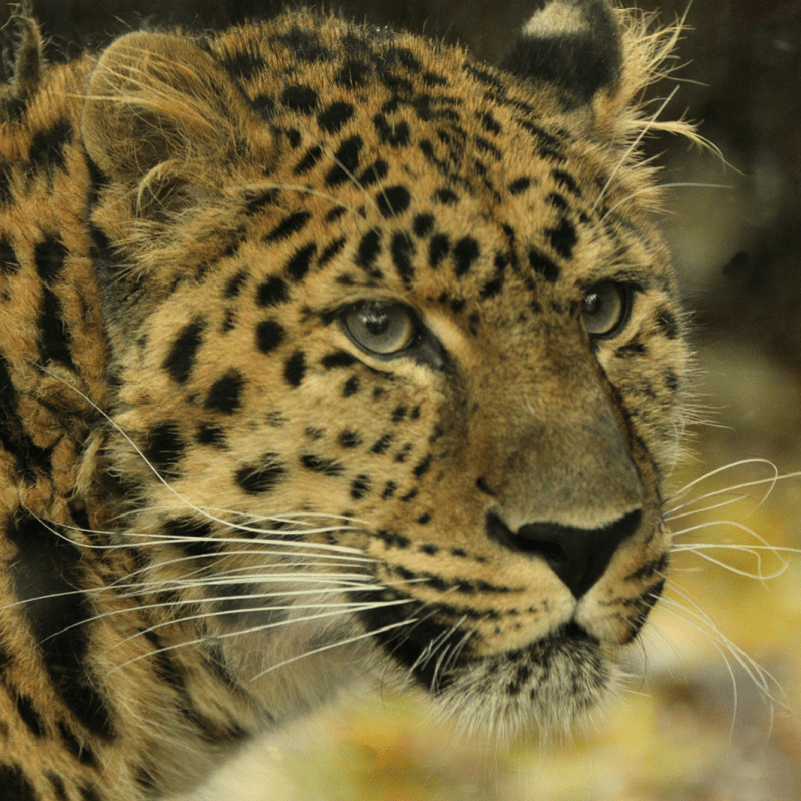

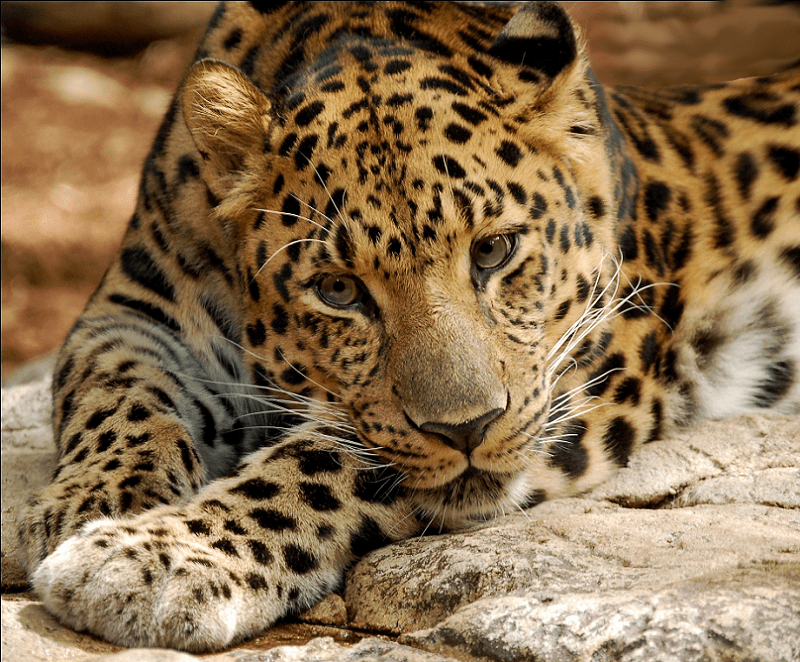









Truly very sad
Hello Rabbit,
Thank you for your comment. We agree, of course. The situation is indeed very sad.
OBP